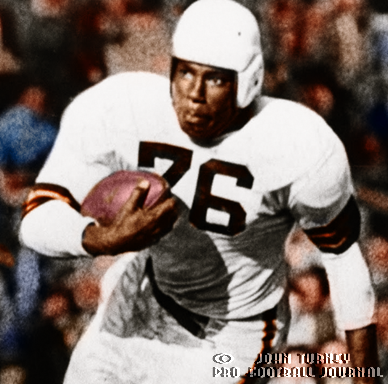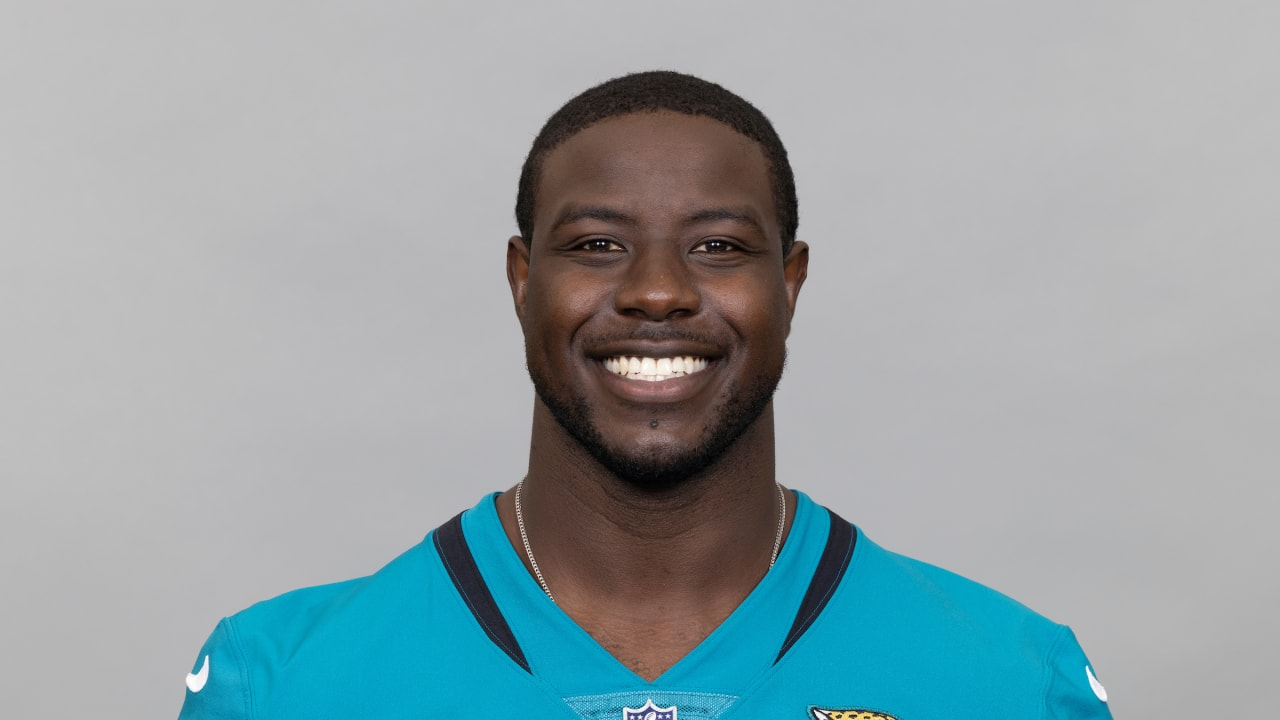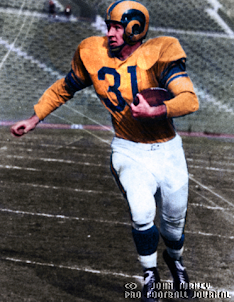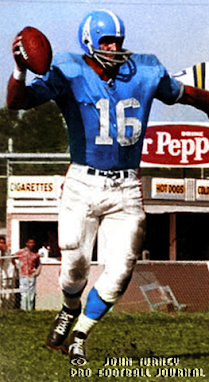 |
| Marion Motley |
Tuesday, October 31, 2023
TUESDAY TIDBITS: "When You Have the Best Pass Protection in Pro Football"
Monday, October 30, 2023
QB Leads RBs in Loss to Vikings
By Eric Goska
 |
| Jordan Love (10) paced all runners with 34 yards rushing at Lambeau Field Sunday. (photos by Eric Goska) |
Jordan Love’s feet delivered more than yards Sunday. The quarterback’s scrambling provided a measuring stick as to where the Packers stand in terms of running, both for and against.
Love paced all ground gainers
in Green Bay’s 24-10 loss to the Vikings at Lambeau Field. That a Packers
quarterback emerged as the game’s leading rusher is a rarity worth
investigating.
Love bolted from the pocked
four times and gained 34 yards. That he earned more on the ground than Aaron Jones
(7 for 29), Alexander Mattison (16 for 31), Cam Akers (9 for 19) or AJ Dillon
(6 for 11), speaks to the ineffectiveness of Green Bay’s running game and to the
success of its run defense.
Remove Love’s output and Green Bay ran 13 times for 40 yards (3.1 average). Only once – that a 6-yard burst by Jones in the second quarter – did the Packers tally a rushing first down.
Forty yards and a single first down doesn't equate to many victories in the NFL.
Love’s day was equally as
unsatisfying. He failed to move the sticks on any of his four takeoffs. His
long, 15-yard desperation dash on fourth down, came up a yard short at the
Vikings’ 6 with four minutes, 46 seconds remaining. That he could not get past
safety Harrison Smith effectively ended any shot at a Packers’ comeback.
Historically, Green Bay fares
poorly when its quarterback leads the team in rushing. Since 1947, the first year
the Packers operated primarily out of the T formation, the team is 11-41 when
its signal caller leads the way on the ground.
For Love, this is the second
time he has been here. His 39 yards led all runners in the Pack’s 18-17,
come-from-behind win over the Saints in late September.
That Love’s modest total
could not be surpassed by any Viking underscores how well Green Bay defended the run.
Minnesota averaged a scant two yards per carry (31 for 62) with a long of 10.
That’s the Packers’ best effort (per carry) since holding the Lions to 64 yards
on 33 trips in November 2017.
Though the Packers did permit
Akers to come away with Minnesota’s first rushing touchdown of the season – a 6-yard
scoot that put the Vikings ahead 7-0 late in the first quarter – it proved
stingy otherwise. Four times did Green Bay dump ball carriers for loss
(excluding kneel-downs), and four other times held runners to no gain.
Its running lanes clogged,
the Vikings leaned heavily on Kirk Cousin’s arm. And, love him or loathe him, No.
8 delivered.
Cousins started for the 11th
time against the Packers and improved to 6-4-1. His two second-half TD passes put
Minnesota up 24-3.
At Lambeau, Cousins completed 23 of 31 throws for 274 yards without an interception. He was particularly deadly in the third quarter – 9 of 11 for 98 yards and two scores – and on third down – 12 of 13 for 139 and a TD.
In amassing his haul before suffering what has been reported as a season-ending Achilles tear in the fourth quarter, Cousins became the fifth player to throw for more than 3,000 yards against Green Bay in the regular season. The quarterback leapfrogged Tommy Kramer, John Brodie, Drew Brees and Jay Cutler to settle in at No. 5 all-time in passing yards earned at the expense of the Packers.Yards Passer Games Rate
5,976 Matthew Stafford 21 90.2
4,978 Fran Tarkenton 28 74.6
4,145 Johnny Unitas 22 70.4
3,299 Vinny Testaverde 15 79.1
3,010 Kirk Cousins 11 106.7
Sunday, October 29, 2023
2023 Run/Pass Stuff Leaders At Midseason
 |
| Jeremiah Owusu-Koramoah |
The 2023 New York Giants Offense—Stuck in Neutral
They probably do lack elite talent at wide receiver but 11.9 PPG? Really?
To wit. From Google Dictionary—
Kaf·ka·esqueadjectivecharacteristic or reminiscent of the oppressive or nightmarish qualities of Franz Kafka's fictional world.
 |
| Jim Thorpe |
 |
| Benny Friedman |
 |
| Larry Csonka and Craig Morton The 1976 Giants scored 12.1 PPG |
Saturday, October 28, 2023
How Roger Staubach Injured His Shoulder, Preseason, 1972
Wednesday, October 25, 2023
Big Daddy Lipscomb—Triumph and Tragedy
 |
| Lipscomb at left defensive end - split on the open side outside the tight end in 9-technique on the closed side |
 |
| Lipscomb at nose tackle in a 3-4 (upper left) and 5-2 (upper right) Then at right defensive tackle in a 4-3 (lower left) and 5-2 (lower right) |
 |
| Lipscomb in various alignments with the Colts including linebacker nose tackle, right defensive tackle on the ball and flex off the ball |
 |
| Lipscomb at right tackle in a 4-3 with the Steelers |
Tuesday, October 24, 2023
TUESDAY TIDBITS: "One Play On, One Play Off, Then When"
 |
| Foyesade Oluokun |
 |
| Glenn Davis |
 |
| Dick Hoerner |
 |
| Bob Waterfield |
Monday, October 23, 2023
Another Slow Start, Another Loss for Green Bay
By Eric Goska
 |
| Emanuel Wilson (31) - here in a preseason game in August - led Green Bay with 19 first-half rushing yards. (photos by Eric Goska) |
Glaciers move faster.
Drying paint provides more
excitement.
Hyperbole aside, the Packers have
a first-half problem. If their performance in Denver is any indication, this shortcoming
could persist.
The Broncos outgained Green
Bay by a substantial margin in the opening two quarters at Empower Field at
Mile High Sunday. Though the Packers rallied, a fourth-quarter field goal
propelled Denver to a 19-17 win.
Win or lose, Green Bay’s
offense has finished with fewer yards than its opponent every time this
season. Here is the damage to date: Chicago (+47), Atlanta (+94), New Orleans
(+16), Detroit (+261), Las Vegas (+42) and Denver (+109).
Opponents (1,138 yards) have
doubled the Pack’s output (569). And those measly 569 yards are the
third-fewest through six games by Green Bay since 1944 (541 in 1974 and 547 in 1975).
Perhaps this best sums up the
deficiency. Never before in the past 100 seasons (1923-2022) has the Green and
Gold been outgained in the first half of each of its first six contests.
Certainly that is a low to
which coach Matt LaFleur and his team did not want to sink.
 |
| LB Isaiah McDuffie led the Pack with 10 tackles. |
Only once in the opening 30
minutes did Love fire deep with the intention of hitting a receiver. He failed
to connect with Jayden Reed about 22 yards downfield late in the first quarter,
a play that would have been wiped out by a face mask penalty on tackle Rasheed
Walker had the throw been successful.
Perhaps this best sums up how
conservative Green Bay was with the pass: Love completed 10 of 13 first-half
passes for 47 yards. In the past 100 seasons, only one Packer player had fewer
yards on his first 10 completions in a game: Aaron Rodgers with 41 in a 37-8
blowout loss at San Francisco in 2019.
Only two others had fewer
than 50: Brett Hundley 49 in 2017 and Don Majkowski 49 in 1989.
Denver had little trouble moving the ball. It ripped off nine plays of
10 or more yards in amassing 209 by halftime.
The Packers lack of yardage
has translated to a lack of points. Green Bay has been outscored 78 to 26 in
the opening two quarters including a whopping 63 to 6 in the last four games.
Doubs and Reed are the only
Packers to have registered a first-half touchdown this season.
The Packers need a wake-up
call. They need it now. No more hitting snooze until the second half begins.
Through six games, Green Bay is averaging 4.3 first half points per game. The last time they did that over the course of an entire season was 1927, the Stone Age of football.
Since 1944, the most yards the Packers have been outgained in the first half by their opponents through six games.
Yards Year Record after 6 Final record
-569 2023 2-4 ?
-506 1986 0-6 4-12
-450 2017 4-2 7-9
-432 1976 3-3 5-9
-419 1956 2-4 4-8




































